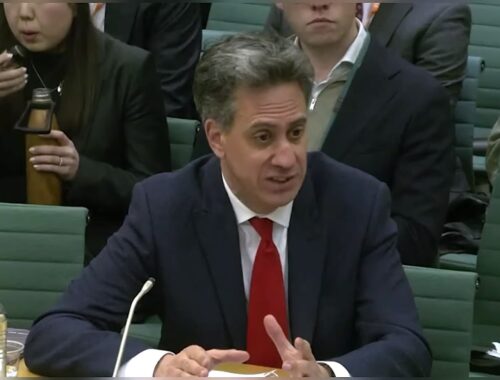
Maximum CO2 warming occurs within 10 years after emission
Before illustrating the lack of trend correlation between CO2 and temperature during the last 165 years, it needs to be pointed out that scientists have determined that on average it takes about 10 years for the maximum warming effect from CO2 emission to be realized. In other words, CO2 emissions from the 1950s predominantly had the most pronounced effect on temperature trends by the 1960s. It could also be said that we are now experiencing the height of the warming effects of the CO2 emissions from the early 2000s. The timing of the CO2-to-temperature effect was determined by Ricke and Caldeira (2014) in their Environmental Research Letters paper entitled “Maximum warming occurs about one decade after a carbon dioxide emission”.
It is known that carbon dioxide emissions cause the Earth to warm, but no previous study has focused on examining how long it takes to reach maximum warming following a particular CO2 emission. Using conjoined results of carbon-cycle and physical-climate model intercomparison projects, we find the median time between an emission and maximum warming is 10.1 years.
Selecting decadal-sale warming and cooling phases
Having established that correlational fluctuations between CO2 concentrations and global temperature should be detectable on a decadal scale (presuming that Ricke and Caldeira [2014] are correct), the CO2 and temperature record for the last 165 years can be considered — rooted in the anthropogenic global warming (AGW) assumption that temperature fluctuations should occur in direct response to CO2 concentration changes.


















